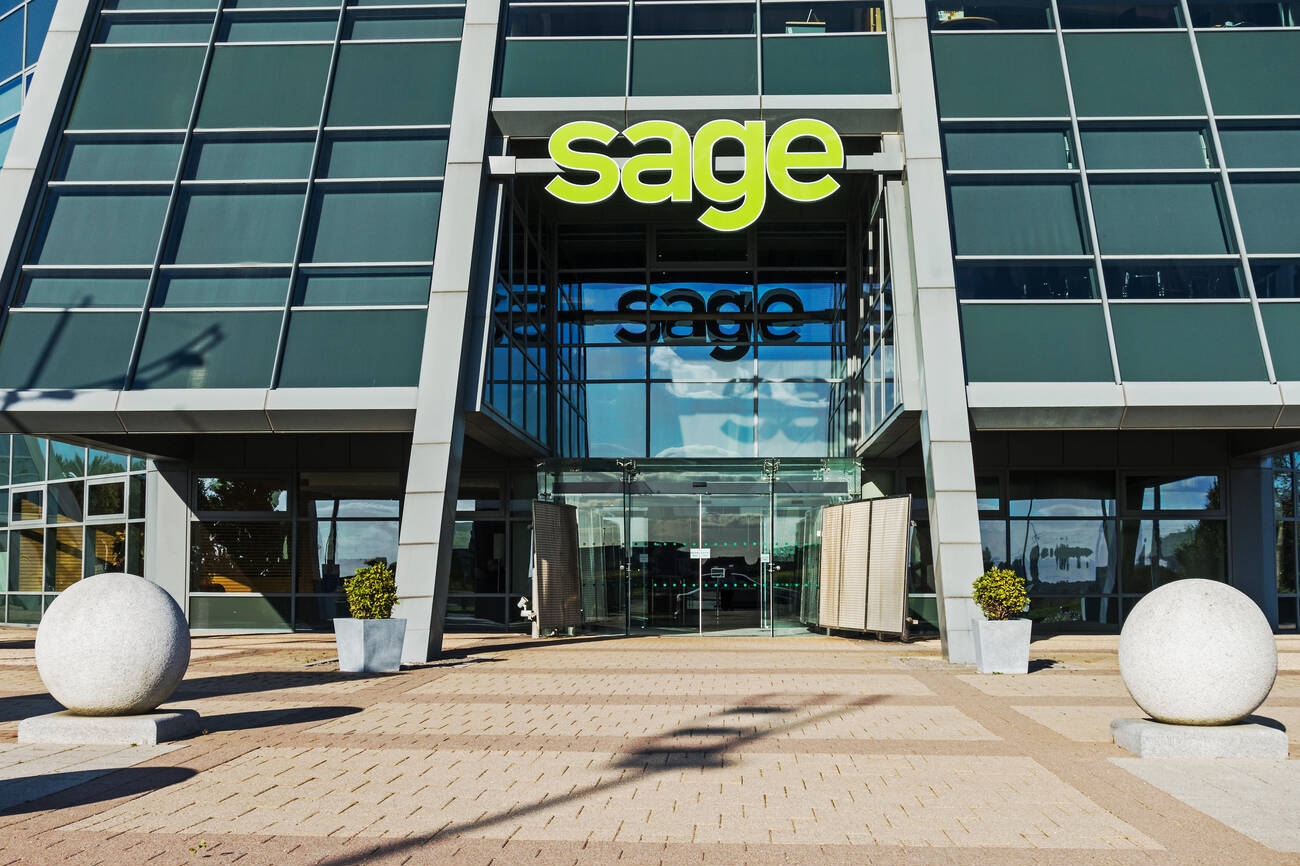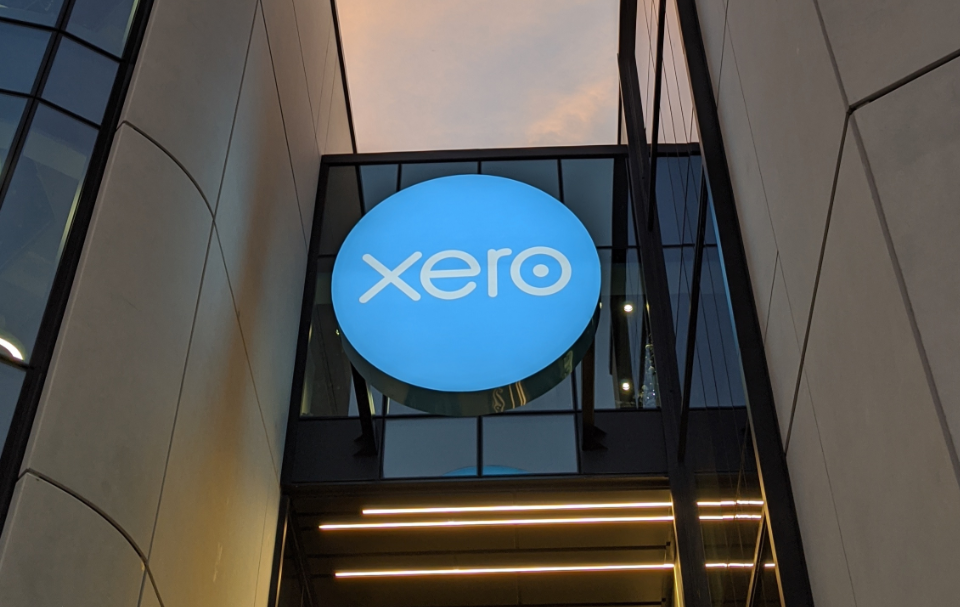Document Management Systems Review (For Your Firm) — 3325 char.
It’s that time of year again where you put down your workpaper files and pick up the latest edition of The CPA Technology Advisor (CPATA) to learn about how you can move your firm forward with technology. To help make your summer reading worthwhile, we once again bring you our comprehensive review of document management systems (DMS) for accounting and tax practices. It’s been another exciting year on the development front, with the major vendors continuing to move the ball down the field in terms of providing practical solutions with more timesaving features and functions. It’s great to see this segment of the accounting technology market continue to mature.
We’ve also been moving the ball down the field at CPATA. This year, we have introduced a new approach to the software reviews that provide ratings based on a greater level of detail, which increases the objectivity of how vendor solutions are compared against one another. You will notice that our ratings scorecard has a much deeper level of detail to improve the accuracy of the overall ratings.
The major evaluation categories for the DMS review have been re-defined based on the evolution of the products to include four broad categories:
Core Product Functions & Features
This rating addresses the overall usability of the application and the user interface, along with reporting tools that help you do a better job of managing your database of electronic documents and files. We also looked at some of the key capabilities to get both paper and digital documents into the DMS using a print driver and OCR (optical character recognition) to enable full text searching of documents.
Integration
This continues to be a critical evaluation factor because it directly measures the ability of a DMS to streamline your workflows by minimizing the amount of data entry required to move information from one application to another. The classic example is the ability to directly file a tax return into the DMS from the tax prep software. In this section, we looked at integration with Outlook, Word, Excel, Acrobat, and tax and accounting applications.
Remote Capabilities
The bottom line on this section is how effectively you can access the DMS contents remotely. This can come through a variety of methods, including remote access login via Citrix or Terminal Server, through a browser to a web-enabled server, and through a portal application to upload and download content. Remote access is becoming increasingly important in a wireless world that allows us to work from anywhere at any time.
System Management
This feature section is focused on the functionality that allows you to manage the document files through four basic tools: document security to control who can do what with specified documents, document retention to automate the process of purging files according to your established document retention policy, version control to facilitate keeping multiple versions of a document as it progresses through its lifecycle and, finally, check-in/check-out functionality to control the document editing process, while at the same time allowing other users to view it.
So let’s jump in and take a look at what this year’s crop of DMS solutions has to offer.
Thanks for reading CPA Practice Advisor!
Subscribe Already registered? Log In
Need more information? Read the FAQs



